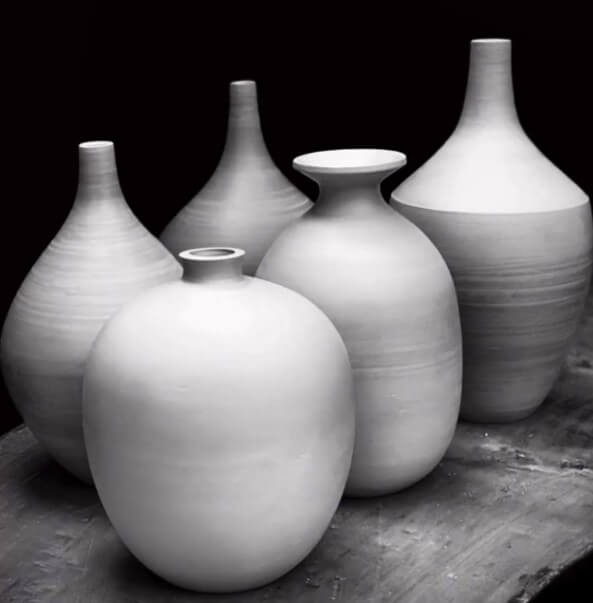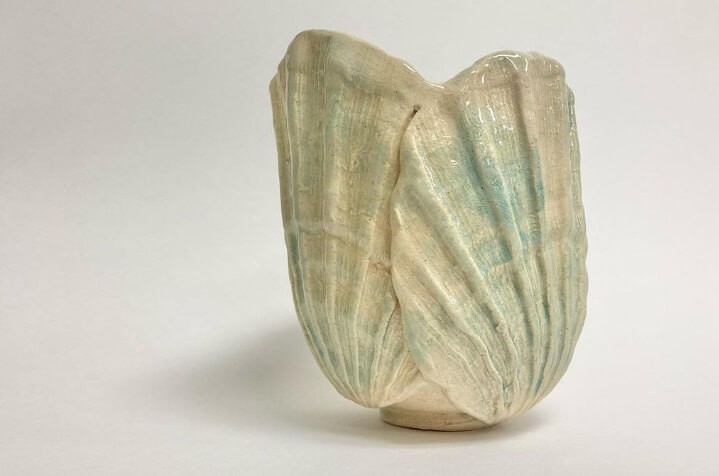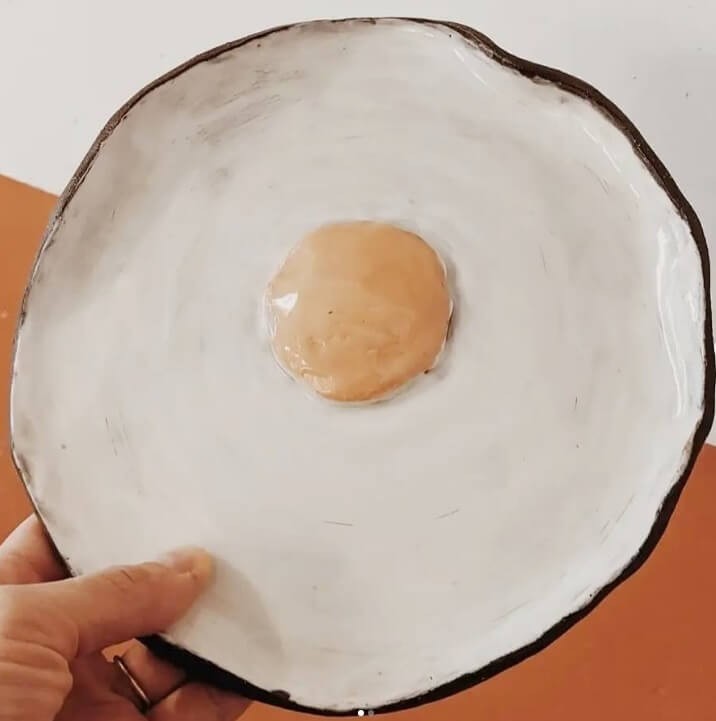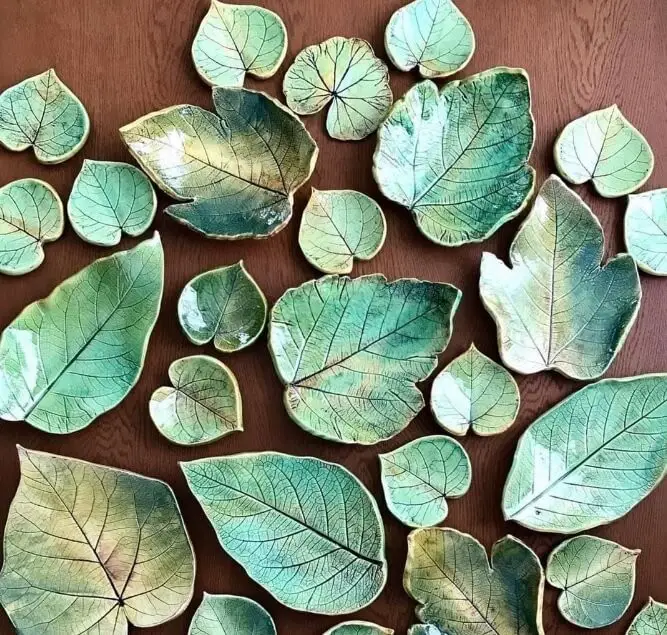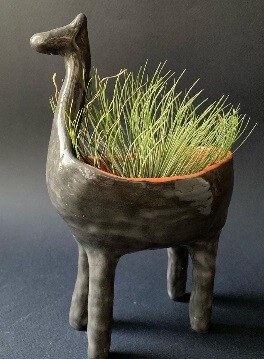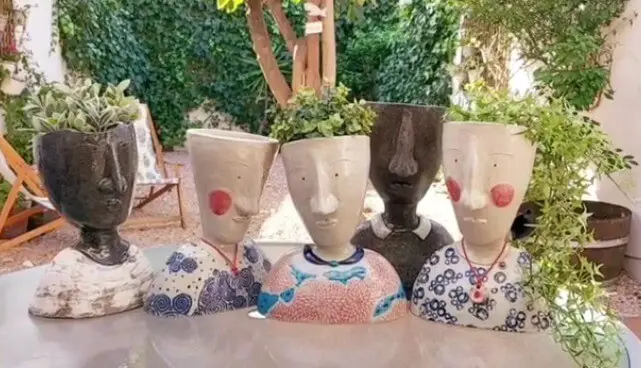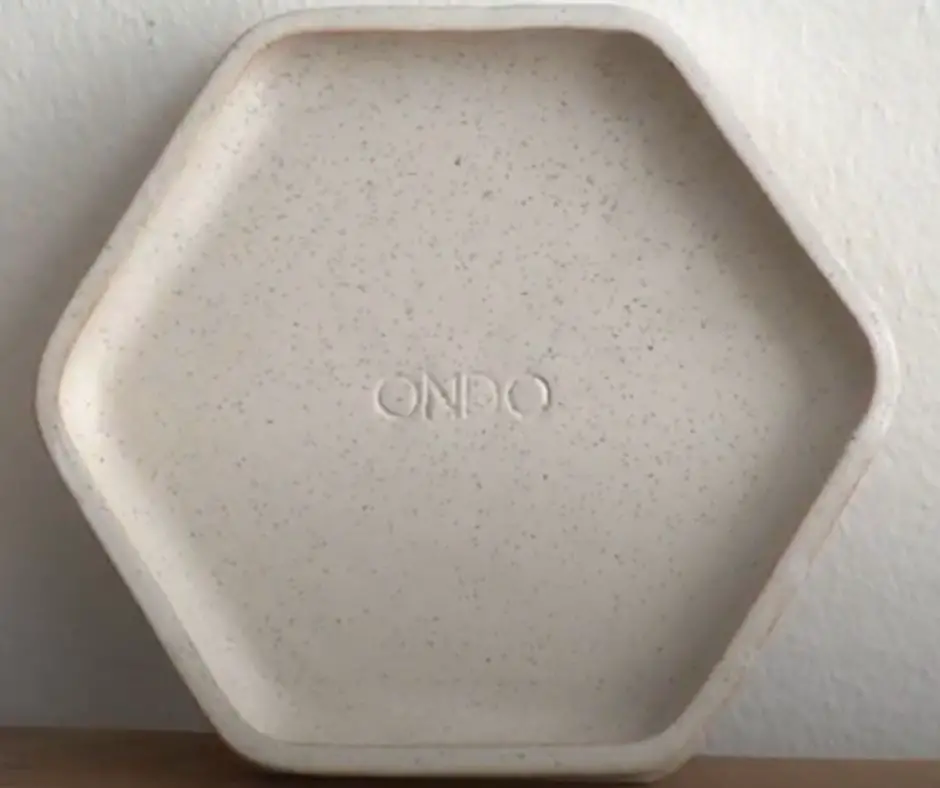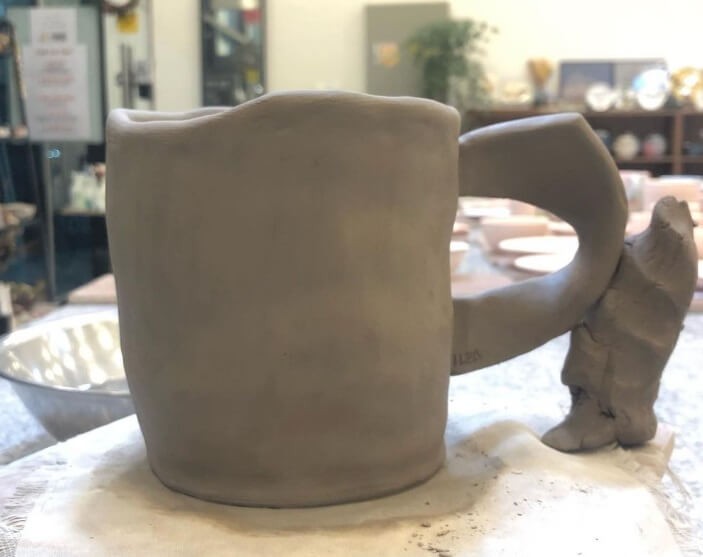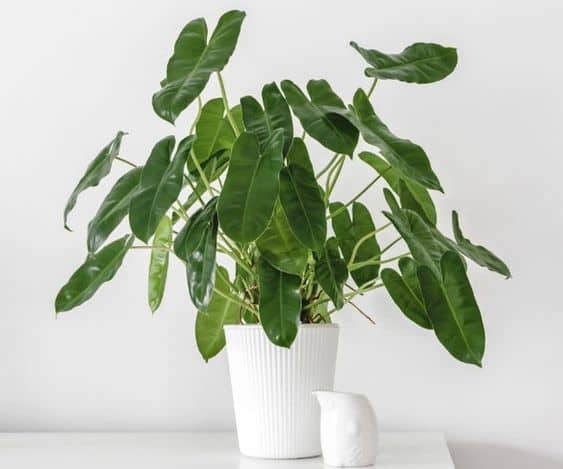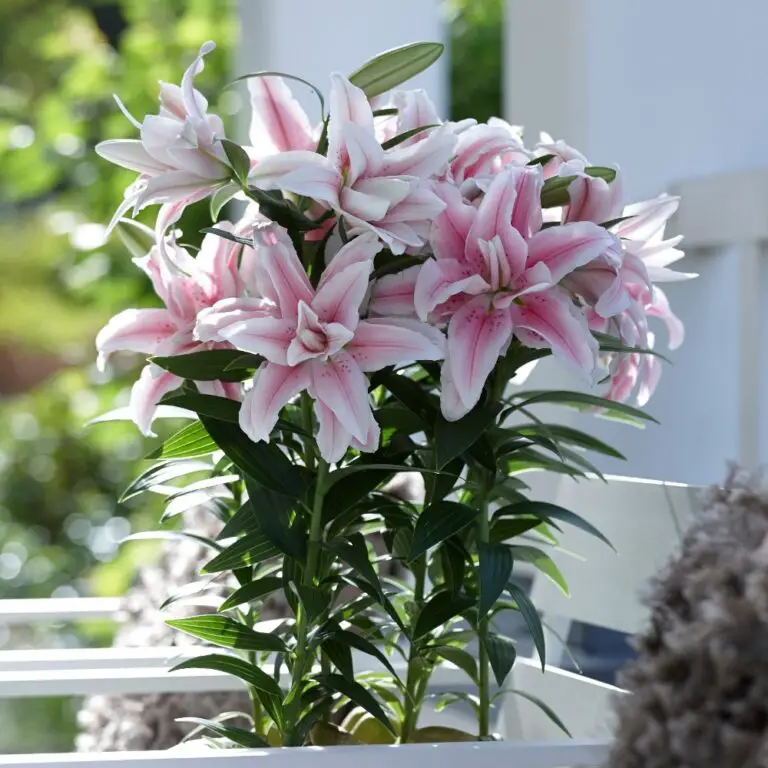Easy Pottery Ideas And Projects For Beginners
As your pottery skills grow, you’re likely eager to take on more creative and engaging projects. However, it’s essential to remember that many seemingly simple pieces can be surprisingly challenging. This is especially true when it comes to pottery, where subtle differences in technique or material can significantly impact the final result. Despite these potential pitfalls, there are plenty of accessible and enjoyable projects perfect for newcomers to the craft. In fact, we’ve compiled a list of 12 straightforward yet engaging pottery ideas that will help you build confidence and skills without feeling overwhelmed.
Flower vases
When familiar with throwing small amounts of clay on a wheel, you may want to challenge yourself by attempting larger projects, such as vases. Starting with an oversized cup is an excellent way to begin, as it allows you to develop control over the clay without feeling overwhelmed. Vases can take on nearly infinite shapes and forms, providing endless inspiration for creative experimentation. Simply search online for design ideas and choose a shape that resonates with you – then give it a try!
Shell cup
Without access to a wheel, many pottery projects can still be achieved through handbuilding techniques. One of the most accessible ideas is creating a seashell cup. Start by preparing 3-4 slabs of clay and shaping each one like a shell. Then, connect the shells together to form a cup shape. For added versatility, use larger shells to transform this project into a vase instead.
Egg plates
While throwing a plate on a pottery wheel is a fundamental skill for beginners, the humble egg plate can be elevated from generic to extraordinary with a dash of creativity. The process of crafting these egg-shaped vessels by hand offers a unique opportunity to deviate from perfection and embrace imperfections. Unlike mass-produced, symmetrical eggs, handmade plates often possess a charm and character that’s harder to replicate on the wheel. By embracing the unpredictability of human touch, potters can create truly one-of-a-kind pieces that capture the essence of real-life eggs – imperfect, yet endearing.
Leave plates
As the seasons transition into fall, crafting ceramic leaves becomes an enjoyable activity. To create these unique pieces, start by collecting a few fallen leaves that catch your eye. Use these natural templates to guide your design. Not only will you replicate the leaf’s shape, but pressing it firmly into the clay can also produce a detailed impression of its intricate veins. The end result is a decorative piece that can be used to store small items like keys, jewelry, or soaps, adding a touch of autumn charm to any room.
Ceramic baskets

Combining the world of pottery with basic weaving techniques, making ceramic baskets becomes a delightful hobby. To create these unique pieces, start by using a bowl or basket as the mold. Begin by preparing strips of clay, which will serve as the foundation for your design. Next, place each strip into the mold one by one, gradually building up the shape and texture of your basket. For beginners, a plain weave pattern is an excellent starting point, while more advanced weavers may enjoy experimenting with intricate patterns using thinner strips of clay.
Tea light holder
Pottery workshops often focus on creating functional items like candleholders, which are surprisingly popular among participants. The versatility of clay allows artists to shape it into any hollow form and carve out holes for the light to shine through. However, it’s essential not to overlook the importance of creating a sufficient opening at the back or top/bottom of the design to accommodate the tea light. I’ve observed many individuals making this crucial mistake, which can render the candleholder unusable.
Animal shaped herb planters
If you’re passionate about growing herbs and incorporating them into your own culinary creations, why not take it to the next level by crafting adorable animal-shaped planters? The process is surprisingly straightforward – simply start with a bowl, add four legs, and craft a neck with a head. From there, you can easily customize different heads to represent various animals. Imagine the charm of having a row of these whimsical planters lining your kitchen countertops, each one proudly displaying its own unique herb selection, such as basil, mint, or parsley.
Happy planters
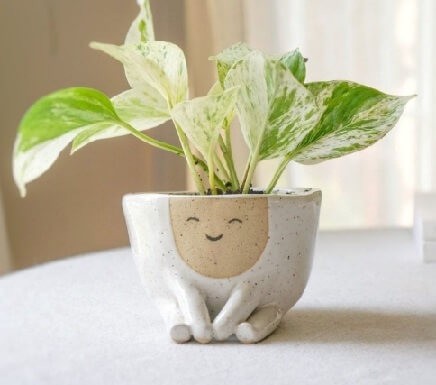
For those seeking a charming vessel for their plants, consider crafting a delightful planter that’s sure to bring a smile. While they may appear complex at first glance, these cheerful planters are actually just a standard pot with four small clay cylinders attached to the base. The facial expressions can be either carefully carved before firing or added using paint afterwards. To create a unique collection of planters, consider assigning distinct emotions to each one, making every piece a one-of-a-kind treasure.
Human head flower pots
One creative approach is to craft flower pots that resemble human faces. Begin by creating a basic vase using either wheel-throwing or handbuilding techniques. Next, add additional clay for the nose and lips, and create two holes for the eyes. To make each pot unique, experiment with varying facial features. You can either leave the head section as is or attach a base to it. The vases showcased earlier had shoulders added, while those below have arms or hands providing support.
Animal figures
Creating animal figures is an delightful craft project that allows you to bring your favorite animals or beloved pets to life. Whether you’re a seasoned crafter or just starting out, making figurines can be as straightforward or intricate as you desire.To get started, take a look at the examples below. At first glance, they may seem complex, but upon closer inspection, you’ll notice that they are essentially large clay balls with subtle details added to give them character. One key aspect of creating these figures is considering not only how to shape the clay, but also how to enhance it with paint after firing. With a little creativity and patience, you can transform your clay creations into stunning, one-of-a-kind figurines that capture the essence of your favorite animals.
Ceramic tray
Ceramic trays offer a versatile and effortless DIY project. Begin by creating the tray’s base in any desired size and shape. Next, employ thinner strips or coils to form the edges, giving your creation a defined silhouette. These unique trays can be utilized for storing precious items such as jewelry or keys, while minor modifications enable their transformation into an ashtray, providing a functional and personalized solution.
Mugs & cups
One of the most accessible pottery projects, regardless of whether you have access to a pottery wheel or not, is creating mugs and cups. A basic spherical mug can be crafted by rolling out a large slab of clay, cutting it into a rectangular shape, and joining the two short sides together. From there, adding a handle and a bottom completes the piece. While achieving perfect symmetry using handbuilding techniques may require a bit more finesse than working with a wheel, employing tools like a rolling pin to flatten the clay and a ruler to guide cuts can greatly facilitate the process.
More pottery ideas!
If the initial list of 10 easy pottery ideas didn’t quite hit the mark, there’s no need to worry – there are countless ways to get creative with clay! In addition to the ideas mentioned earlier, you can also explore other exciting possibilities like coil pottery, where you shape and stack coils of clay to create unique forms. You might also consider cute pottery designs that bring a smile to your face, or try your hand at slab pottery techniques for creating flat, two-dimensional pieces with texture and depth. For those who prefer more hands-on approaches, handbuilding pottery offers endless opportunities for shaping and molding clay into functional or decorative items. And of course, no discussion of pottery would be complete without mentioning the joy of adding color and personality to your creations through pottery painting – a great way to add an extra layer of personal expression to your artistic endeavors.
How to get started with pottery?
While many people may not think of pottery as a hobby that requires skills, it’s indeed an activity that brings together imagination, calming effects, and tangible results. For those looking to begin their pottery journey, there are several effective methods to get started. First
1) Pottery Studios Near You
Starting your pottery journey can be as easy as taking a class at a local studio or college art department. This is especially true if you’re just getting started, as you’ll have the opportunity to learn the basics hands-on from an experienced instructor. Fortunately, pottery studios are widespread, making it simple to find one near you. By reaching out to a few studios in your area and inquiring about beginner courses or introductory lessons, you can quickly get started. The benefits of learning from a skilled teacher are numerous – not only will you receive immediate feedback and guidance on how to correct any mistakes you’re making, but you’ll also be able to learn proper techniques that will serve as the foundation for your future pottery endeavors. As you gain confidence in your skills, you’ll be well-prepared to move beyond the studio walls and start creating pottery at home.
2) Pottery Books
While in-person pottery classes might not be feasible for everyone, there are still ways to master the craft. One effective approach is to delve into the numerous pottery books available, which offer a wealth of knowledge and guidance.
For beginners, it’s essential to choose books that cater specifically to their needs. Two highly recommended options include ‘Mastering The Potter’s Wheel’ and ‘Complete Pottery Techniques’, both of which cover the fundamental steps involved in creating pottery. However, these resources may not be enough for those looking to further develop their skills.
To take your pottery expertise to new heights, consider books that focus on specific aspects of the craft, such as glazing or hand building techniques. ‘Amazing Glaze’ and ‘Mastering Hand Building’, for instance, offer in-depth insights into these areas, providing a valuable learning experience.
3) Pottery Kits
Pottery kits offer a fantastic entry point into the world of ceramics, allowing individuals to learn by doing. With numerous options available, each kit comes equipped with its own set of tools and materials, ranging in price from $20 to over $150. While the majority of kits include a limited amount of clay, fundamental pottery tools, and step-by-step instructions, they are generally designed to produce a single project, such as a planter or plate. As you progress and discover your passion for pottery, you’ll likely need to invest in better equipment; however, starting with a kit is an excellent way to gauge your interest and determine whether ceramics is the right hobby for you.
4) Local Galleries
Immerse yourself in the world of pottery by exploring local galleries featuring the work of talented ceramic artists. A visit to a gallery offers an unparalleled opportunity to appreciate the intricacies and beauty of handmade ceramics. By browsing through various exhibits, you’ll gain exposure to a diverse range of styles, techniques, and materials, helping you uncover what resonates with your artistic vision. Don’t be limited by size – smaller galleries can be a treasure trove of unique and captivating pottery designs. These hidden gems often showcase one-of-a-kind pieces that may inspire your creativity in unexpected ways, setting the stage for your own pottery journey.
5) Pottery Magazines
Immersing yourself in the world of pottery can be as simple as reading a magazine. The best part? You can do it without committing to a specific course or project. And with the rise of online access, you can read your favorite magazines from anywhere and at any time. For those looking to explore the world of ceramics, there are several excellent options to choose from. Ceramic Review, Clay Times, and ClayCraft are just a few examples of magazines that showcase stunning pieces of pottery and feature interviews with talented artists. While these publications can certainly provide inspiration, they may not offer practical guidance for getting started. That’s where hands-on experimentation comes in – once you’ve found your creative spark, it’s time to get your hands dirty and start shaping clay!
6) Social Media
Social media has revolutionized the way we interact with each other, including the pottery community. Platforms like Instagram, Pinterest, and YouTube have become treasure troves of inspiration, where potters from all walks of life share their work, techniques, and experiences. This vast online community is comprised of individuals at various skill levels, from those just starting out to seasoned professionals. By connecting with fellow potters, you can discover new styles, learn innovative techniques, and gather ideas for your next project. The key is to be bold and engage with the pottery community – don’t be shy to reach out and share your own work.
7) Making Something With Kids
For parents seeking quality bonding time with their children, pottery presents an excellent opportunity. With an array of kid-friendly pottery kits and workshops available, the possibilities for creative expression and beginner projects are endless. As you work together on various hand-building ideas, you may just stumble upon a new hobby that you can all enjoy as a family. If your little ones take to it, consider making it a regular weekly activity – not only will you be introducing them to the world of pottery, but you’ll also be creating cherished memories together.
8) Craft Fair
Thinking of connecting with fellow pottery enthusiasts in your area? One great way to do so is by attending a local craft fair. These events are an excellent platform to meet and greet with other potters, admire their handmade creations up close, and potentially even learn some new skills or score secondhand equipment deals. Who knows, you might just find yourself forming lasting connections with like-minded individuals who can offer valuable guidance or help you track down affordable supplies. And, of course, there’s always the possibility that your own pottery talents will flourish to the point where you’re selling your pieces alongside others at a craft fair in no time!
9) Museums Or Historic Sites
For millennia, humans have crafted pottery, leaving behind tangible testaments to our collective cultural heritage. Many of these ancient creations still exist today, awaiting discovery and inspiration in museums, historic sites, and private collections. Those with an interest in this timeless craft can find a wealth of knowledge by exploring the diverse range of pieces on display. Witnessing the skill and creativity of our ancestors at work may just ignite a desire to create one’s own masterpieces, using the same basic techniques that have endured for centuries.
10) Online Classes
If you don’t have access to a local pottery studio, don’t worry! Online classes offer a convenient way to learn the craft from the comfort of your own home. Major online learning platforms like Domestika and Skillshare provide beginner-friendly pottery courses. Although they may not replicate the in-person experience entirely, online classes are an excellent option for those living in rural areas or with busy schedules. When selecting an online class, make sure to opt for a live session if possible, allowing you to receive real-time feedback and guidance from your instructor.

